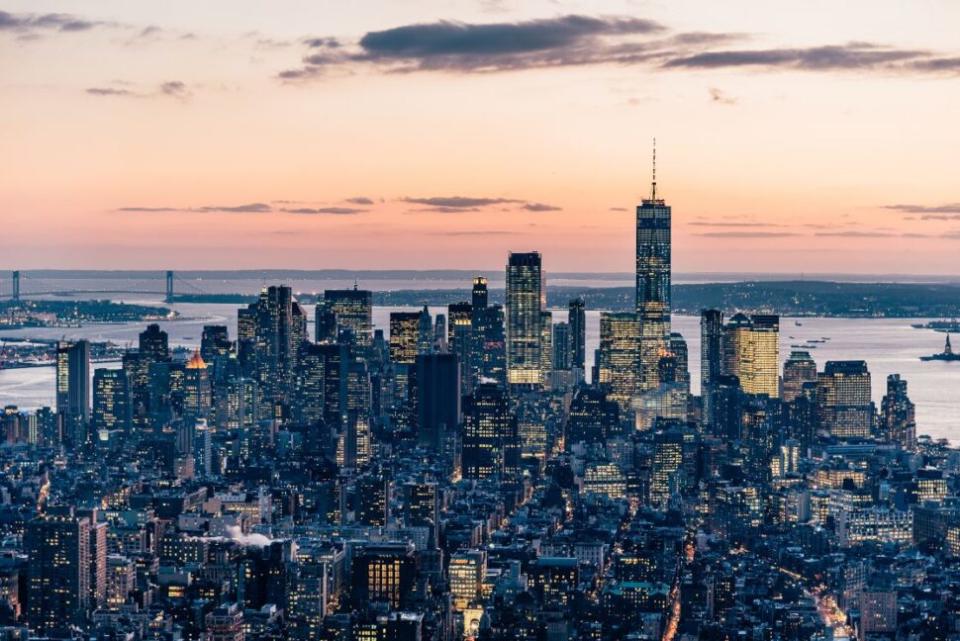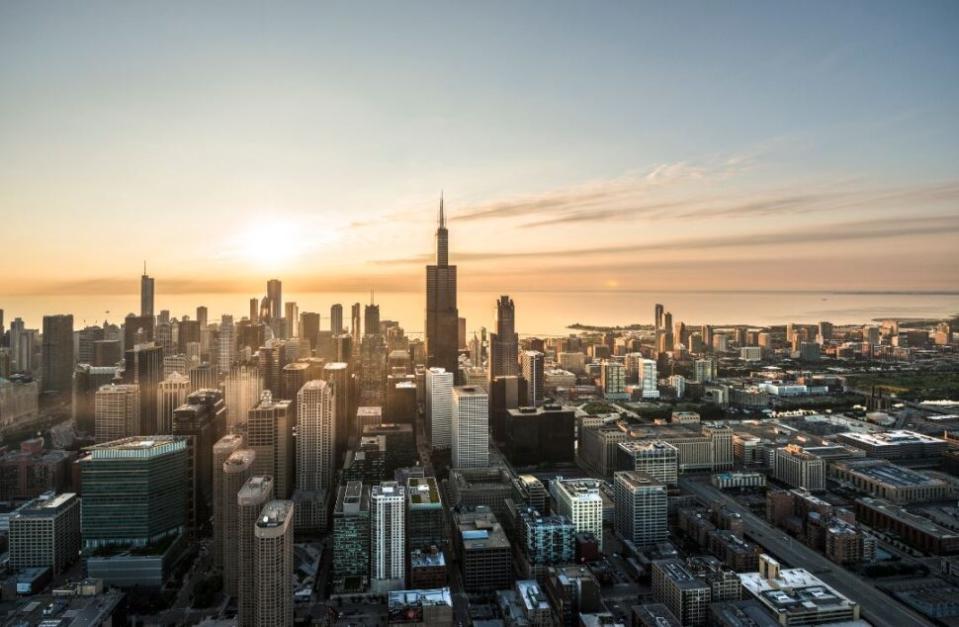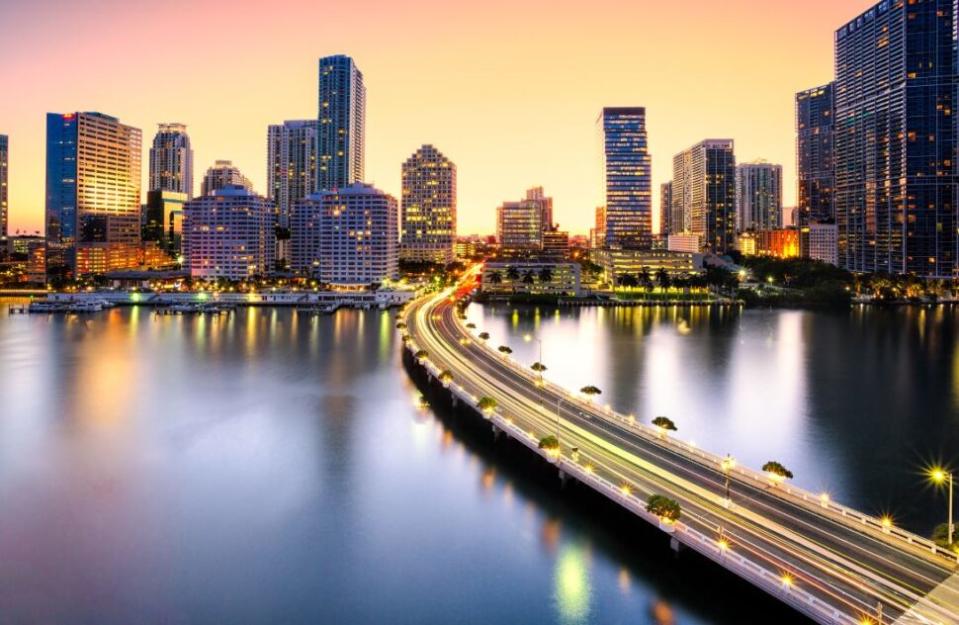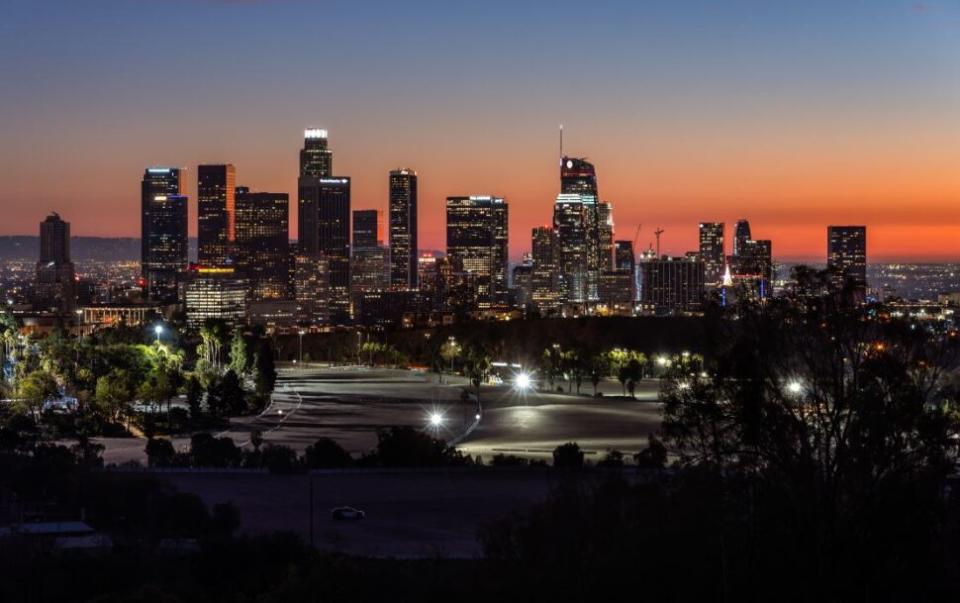What is a Speakeasy Exactly? And These U.S. Cities Have Some of the Best

When you hear the word speakeasy, it brings illicit activity to mind, and that’s not far off. Where did the name come from? The History Channel theorizes that “speakeasy was born out of the fact that bar-goers had to whisper or ‘speak easy’ through a tiny opening in a door in order to gain access to the secret taverns.”
Starting around 1920, selling or transporting alcohol in the U.S. was illegal, thanks to the 18th amendment. But this did nothing to cut back the demand for alcohol. People imbibed in murky, secret venues that, for obvious reasons, weren’t widely publicized. The mob had a hand in running them, since they recognized the money they could make from “bootlegging.”
Prohibition ended thanks to the 21st amendment, which was ratified on December 5, 1933.
Today, you can enjoy your alcohol without the taboo. US Today explains, “a modern speakeasy doesn’t require illegality, and instead it refers to a bar that still has the ‘hidden’ quality– often concealed behind a door in a restaurant or hotel.”
Here are four cities in the U.S. with a vibrant, speakeasy culture.
New York

Prohibition or not, New Yorkers have always found a way to booze it up.
Nothing Really Matters really takes hidden to a whole new level. You have to go through a door in a subway station to get to it. which is accessed through a door in a subway station. It touts itself as “the greatest cocktail bar in the universe.” You can be the judge of that.
Other speakeasy-inspired bars include Bathtub Gin and The Tippler (both in Chelsea). On Houston Street is Madame X, which has the speakeasy feel, paired with a Belle Epoque twist. There’s also Keys and Heels on the Upper East Side, which presents as a shoe repair and locksmith. Even their Instagram page masks the fact that it’s actually a cocktail lounge.
Chicago

Once upon a time, the mob had free rein of Chicago, and speakeasies boomed. Fourteen East Magazine writes, “much of what defined our image of Prohibition in the United States happened right here in the Windy City, and Chicago would not have been the same without the influence of the temperance movements and mobsters like Al Capone.”
In the South Loop is the Chicago Firehouse Restaurant, and under this the sexy and atmospheric The Blue Room. The Drifter has real speakeasy roots, and contortionists, belly dancers and other artists perform.
The Violet Hour offers artisanal cocktails in Wicker Park, and it’s hidden behind a mural.
Miami

If you think Miami can’t deliver that sensual, speakeasy vibe, think again. El Salón is part of the Esmé Hotel Miami Beach. As noted by Time Out, “37 entirely unique, entirely perfect spirits are available there.”
Miami Sound Bar draws from the speakeasy style, but it also goes in its own direction. This low-lit venue is ideal for lovers of vinyl records, and there are good cocktails on offer.
Los Angeles

When it comes to having a gay ole’ time, Los Angeles has stories for days. Prohibition almost certainly did nothing to curtail the excesses of the rich and famous in Hollywood.
Lost Property is on the corner of Hollywood and Vine, and it’s a whiskey bar with a speakeasy flavor. Is this a swing from the chandeliers kind of place? Absolutely not. Time Out explains, “the ambiance is laid-back, but this is still a respectable place, so leave your loud, drunken antics outside. Lost Property is a covert, quiet remedy to a chaotic corner of Hollywood, and patrons would like to keep it that way.”
On Melrose Avenue is Bathub Gin. While you sip your negroni, enjoy live jazz and burlesque, depending on the day. Dress to impress here, and reservations are highly recommended.

